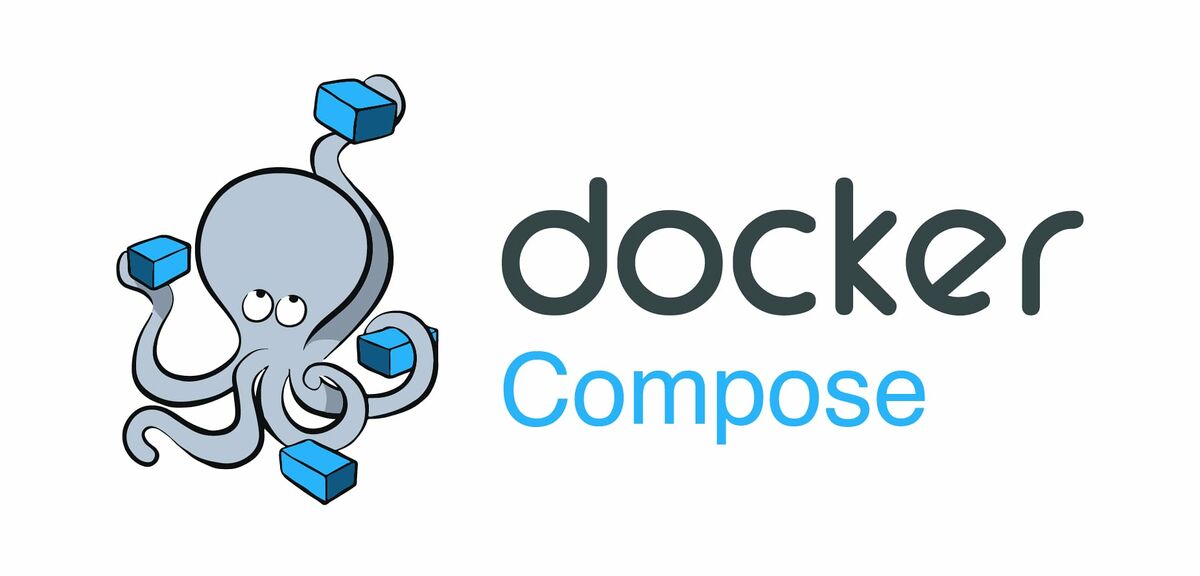Table of Content
You don’t need to worry about issues with mounting or ports. Docker Engine runs as a service in Linux, which by default starts automatically. No need for provisioning a Docker VM. Everything works out of the box without relying on a hack. We’re now coming to the end of this article. The steps for setting up Docker in Windows 10 is a bit of a lengthy process.

I have a full Hyper-V support on Windows 10 Home and I’ve already ran docker on my machine before. Correct me if I am wrong, but that means my system is perfectly capable of running a Docker for Windows, but the only thing preventing me is the installer itself. The issue where your Task Manager is showing Vritualisation is Disabled is something that is enabled in your computer BIOS on boot up of your laptop. Besides, GNU/Linux is much better than Windows. You should wipe Windows Home from your machine and install Ubuntu, then give it a couple of months and you'll be happy that you switched.
Docker for Windows 10 Home
If you plan to reformat your machine, you’ll have to go through the same process again. It’s worse if your job is to install Docker on multiple machines running Windows 10 Home. As you probably know, Docker requires a Linux kernel to run Linux Containers. For this to work on Windows, you’ll need to set up a Linux virtual machine to run as guest in Windows 10 Home.
This downloads the update in the background. After downloading the update, click Update and restart from the Docker menu. This installs the latest update and restarts Docker Desktop for the changes to take effect. Docker Desktop uses the dynamic memory allocation feature in WSL 2 to greatly improve the resource consumption. If you plan on running Windows Containers, you’ll need a specific version and build of Windows Server.
[Part 2] How You’ll Become a Software Programmer With No-Code Tools
Follow the instructions on the installation wizard to authorize the installer and proceed with the install. Check that your system has Virtualization enabled. Enter your machine’s BIOS and enable virtualization. Windows even with WSL now is still a depressing pile of hacks to get a well running environment.
Install Chocolatey, a package manager for Windows. It will make the work of installing the rest of the programs easier. Let’s dive into the next section to set up the environment needed to install Docker. This will open a new VSCode connected remotely to your default distro which you can check in the bottom corner of the screen. The next step is to start working with your code inside this Ubuntu distro and ideally with your IDE still in Windows.
Build Kubernetes-ready applications on your desktop
And I wanna find out if there are any other options except this one and buying Windows 10 Pro or similar versions. If you don't have any smart devices yet, go ahead and play with the demo platform. It will give you an overview of Home Assistant and its features. Probably this is the best way to decide if you want to go with it or try something else. I'm currently preparing a workshop on home automation, which will focus on Home Assistant and .NET Core. This workshop should teach my attendees how to use Home Assistant, but can they do this without devices?
Coming from my Mac which I still have I can go from a wiped computer to a well running environment in a day. Windows on the other hand I'd need atleast 2 days and I'd probably miss half of the random tweaks I've done to make everything work just how it should from the start. I use a docker environment called devilbox that runs pretty well without a ton of performance issues.
The windows laptop I had before this current laptop which ran the same setup would run the fans at max rpm after an hour or two. With my current laptop running on 32Gb of ram I don't have that issue at all. Although it took a very long time to get everything running well.
I personally will try to finish the previously mentioned tutorial and then, who knows, may be I will start using Docker for each project I do. Now that we have all we need, we may spend our time on actual learning, either by following a docker-related tutorial or reading a book. No matter what you want to do next, you have all the tools you will need. To get rid of the invalid settings error as seen in the above screenshot, simply increase Video Memory under the Display tab in the settings option.
This extension allows you to work with a remote server in the Linux distro and your IDE client still on Windows. Additionally, with WSL 2, the time required to start a Docker daemon after a cold start is significantly faster. It takes less than 10 seconds to start the Docker daemon when compared to almost a minute in the previous version of Docker Desktop.

Follow the usual installation instructions to install Docker Desktop. If you are running a supported system, Docker Desktop prompts you to enable WSL 2 during installation. Read the information displayed on the screen and enable WSL 2 to continue. This will create a docker virtual machine called 'default'. You’ll need to log out and then log in for the last command to take effect. After that, you can run any Docker command without issue.
You cannot install Docker for Windows on Windows 10 Home according to the documentation. This is to discuss kernel based WSL derived issues. Since moving to Windows 11, the project has been almost unusable due to massively slow pagespeed . This page contains information on installing Docker Desktop on Windows 10 Home. If you are looking for information about installing Docker Desktop on Windows 10 Pro, Enterprise, or Education, see Install Docker Desktop on Windows.

Check out the Windows container version compatibility matrix for details. Simplify code to cloud application development by closely integrating with Azure Container Instances . You get the same workflow in Docker Desktop and the Docker CLI with all the container compute you want.
No comments:
Post a Comment